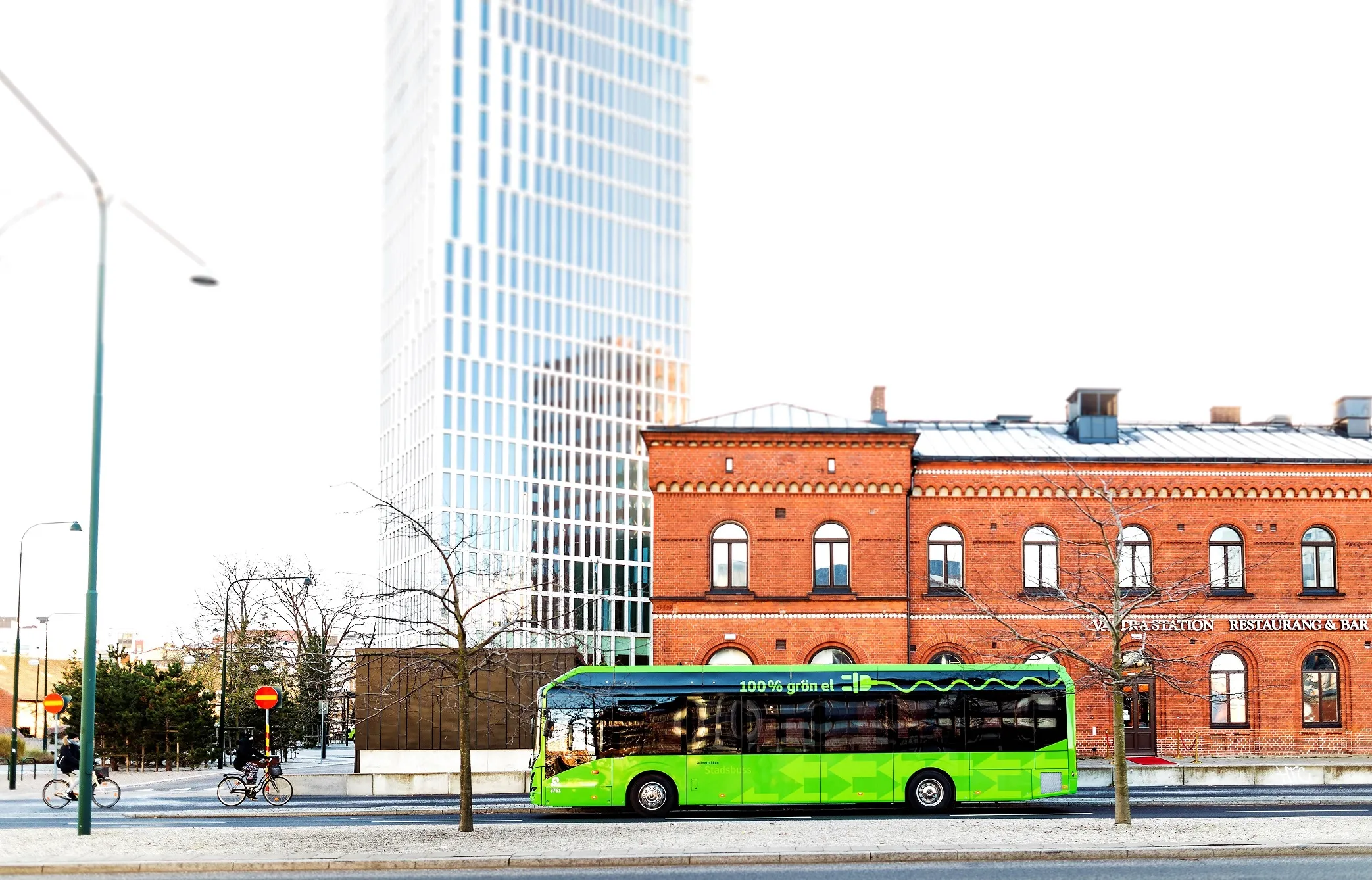Dubai’s Roads and Transport Authority (RTA) says it has put surveillance cameras in all of its taxis to monitor driver behaviour.
November 14, 2019
Read time: 1 min
Khalid Al-Awadhi, director of transport systems department at RTA’s public transport agency, says the cameras have been installed in 10,684 taxis “in order to ensure that drivers comply with the rules and principles of professional and ethical performance”.
The cameras are automatically activated when a rider enters the vehicle, allowing any potential violations to be assessed during the trip.
RTA has been installing the cameras in taxis gradually since 2017.







